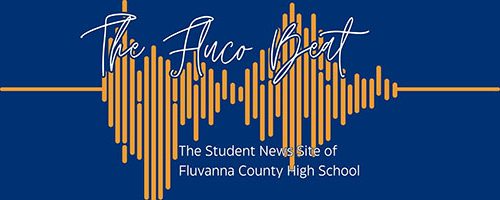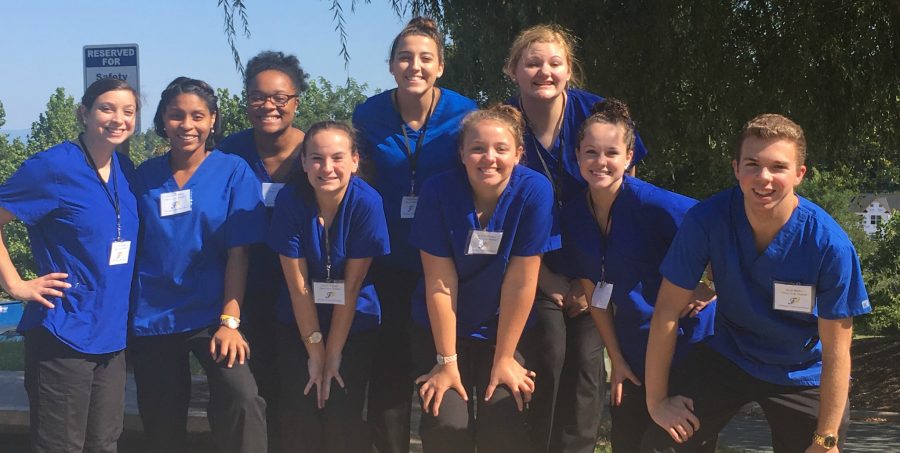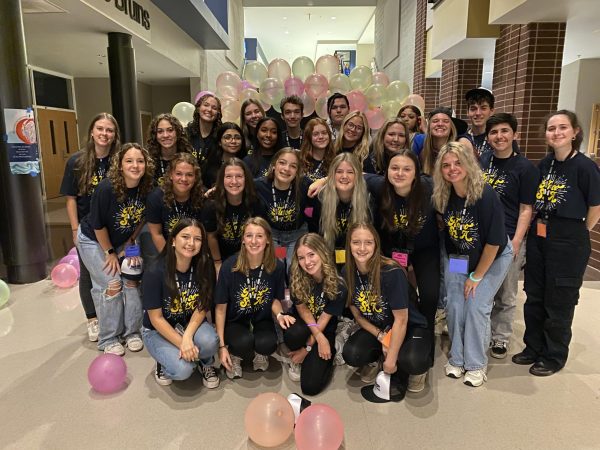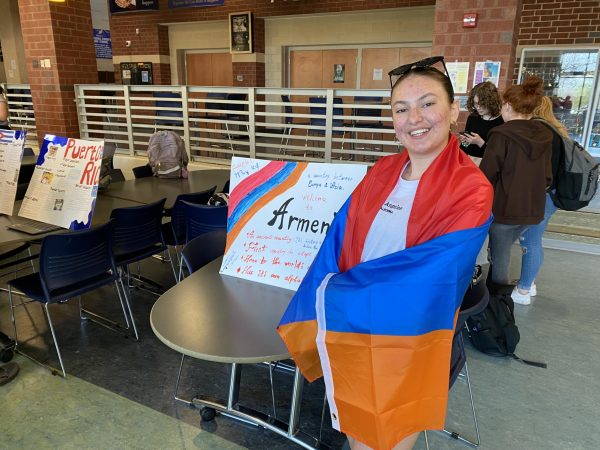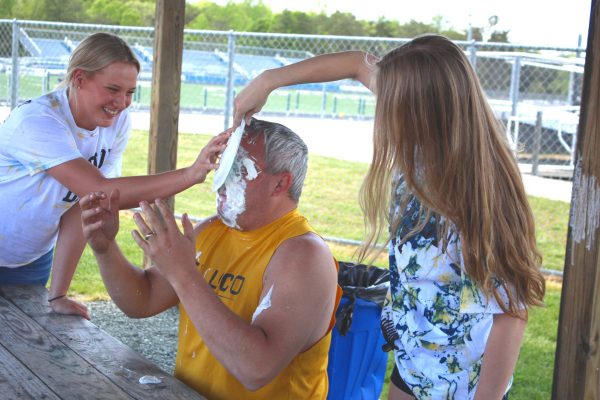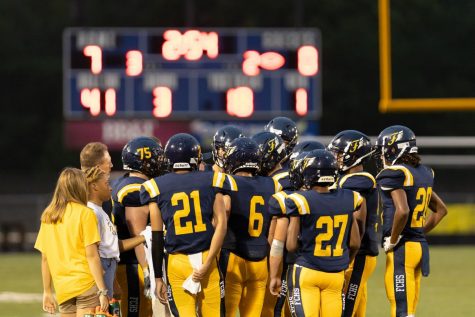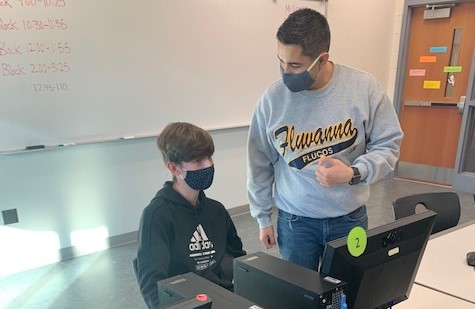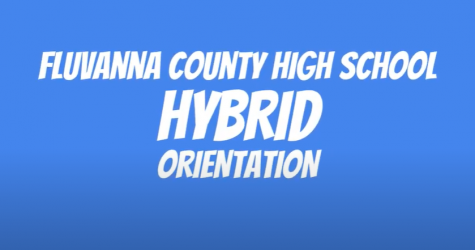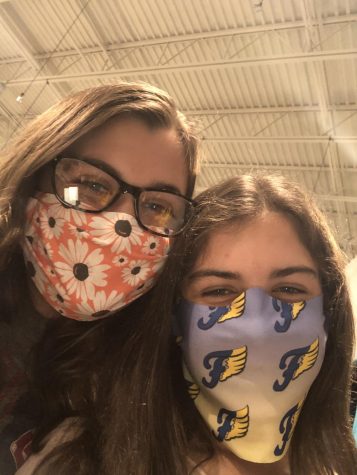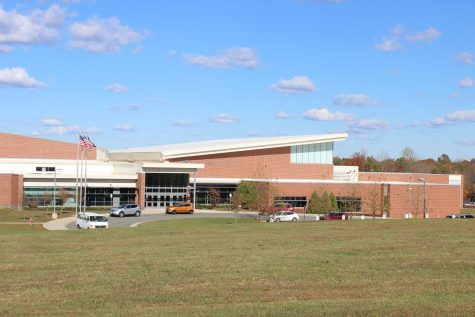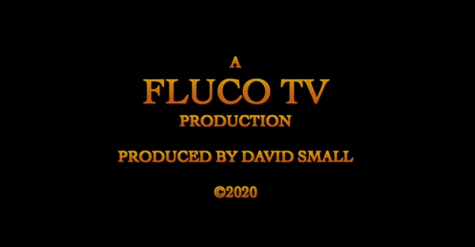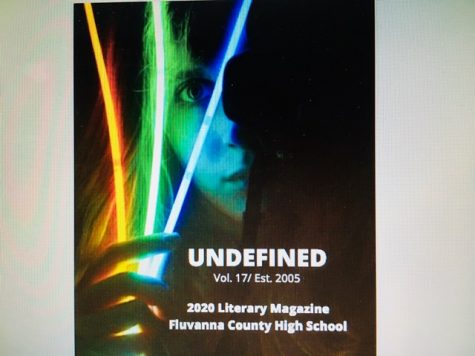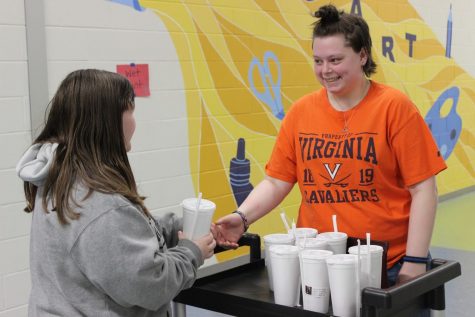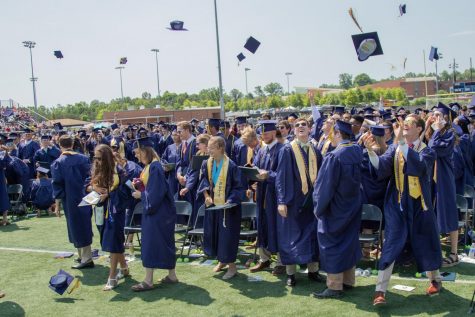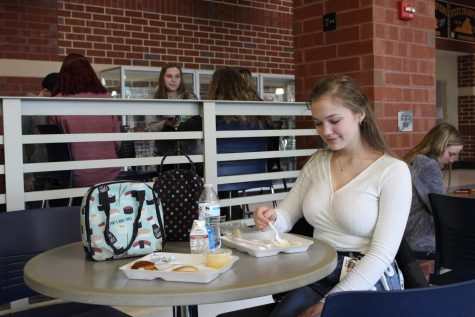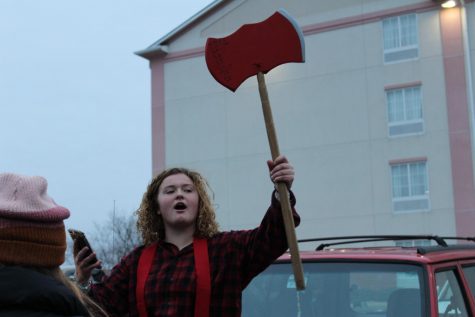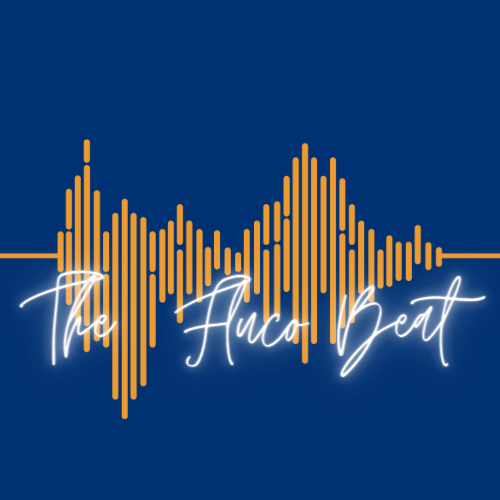Learning Medicine in the Flu’
With medicine becoming a popular area of study for many students entering high school, FCHS has recently expanded its courses in that field. Such health care classes can open the doors for students to professions ranging from being a nurse or physician, to being a lab technician or a combat medic in the military. Melanie Harlowe teaches Medical Terminology and Nurse Aide II, while her sister, Melissa Hopkins, teaches Nurse Aide I and Introduction to Health and Medical Sciences.
Medical Terminology, which is offered to grades 10-12, covers the basis of the vocabulary a nurse or doctor would use daily. Since the field has thousands of words to learn and the high school course is only one semester, students in the class focus on learning approximately 900 suffixes, prefixes, and roots. They are then able to identify the parts in larger words and can often figure out the meaning from there. “My hope is that they will be able to take what they have learned and use that information to correctly decipher any medical terms they encounter in the future,” said Harlowe. She adds that knowing the proper terminology is necessary in order to correctly follow medical orders and provide appropriate care.
The Introduction to Health and Medical Sciences class is available to students in grades 9-12. It introduces students to the healthcare industry and gives students the opportunity to explore different healthcare careers. Basic anatomy and physiology are also included in this class.
Nurse Aide I, offered to grades 11-12, covers the more hands-on part of medicine. Students use life-sized manikins to represent an actual human being in order to make the experience as real as possible. They study more in-depth parts of anatomy and physiology than in the Intro to Health and Medical class. “Many healthcare careers involve interacting with patients and their families. Nurse Aide I is an excellent place to start exploring how you can make a difference in someone’s life,” said Hopkins. Through trial and error, students learn basic nurse aide skills and prepare themselves for the Certified Nurse Assistant Exam, where one mistake is the difference between a pass and a fail. The class teaches students that they are dealing with the fragility of someone’s life, and that a wrong move or a missed step could be detrimental.
Students who successfully complete Nurse Aide I can take Nurse Aide II their senior year. This is a PVCC course that is even more hands-on than Nurse Aide I. It involves traveling to nursing homes and providing care to the residents. It takes the “aide” part a step further and allows the students to experience helping real people that genuinely need their assistance.
In the 2 years she has taught the course, Harlowe has had 20 students come through Nurse I and II and successfully pass the CNA exam. “Many of my former students are pursuing healthcare careers at various universities and community colleges, including Piedmont Virginia Community College, Longwood University, and James Madison University,” said Harlowe. “While attending college, many of these students continue working part-time, and some even full-time, as CNAs, PCAs, and support staff at long-term facilities and hospitals, including the University of Virginia Medical Center and Martha Jefferson Hospital. The Nurse Aide Program at Fluvanna County High School is a wonderful place to begin a career in healthcare,” she added.
